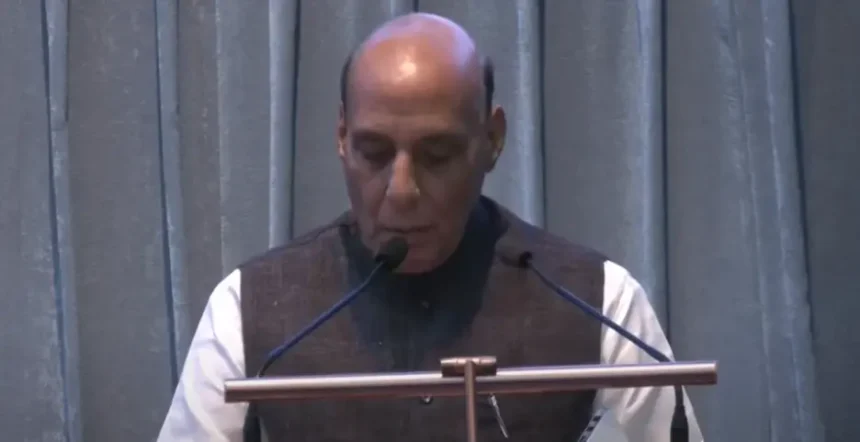New Delhi, May 8, 2025 – India conducted a series of missile and drone strikes on multiple targets in Pakistan and Pakistan-administered Kashmir early Wednesday, May 7, 2025, escalating tensions between the two nuclear-armed neighbors. Dubbed “Operation Sindoor,” the strikes were launched in retaliation for a deadly militant attack on April 22 in Pahalgam, Indian-administered Kashmir, which killed 25 Indian tourists and one Nepali national.
The Indian defense ministry stated the strikes targeted “terrorist infrastructure” linked to Pakistan-based militant groups Jaish-e-Mohammed and Lashkar-e-Taiba, accused of orchestrating the Pahalgam attack. Indian Foreign Secretary Vikram Misri claimed the operation aimed to hold accountable those responsible for the massacre, with strikes hitting nine sites, including locations in Pakistan’s Punjab province and Pakistan-administered Kashmir.
Pakistan condemned the strikes as an “act of war,” reporting at least 31 deaths, including civilians, and 57 injuries. Prime Minister Shehbaz Sharif vowed a forceful response, stating, “We will avenge the blood of our innocent martyrs.” Pakistan’s military claimed to have downed 25 Indian drones and five Indian jets, while India reported three of its fighter jets crashed on its territory.
The conflict intensified Thursday with both nations accusing each other of launching drone attacks. Pakistan’s Defence Minister Khawaja Asif emphasized that further retaliation was “increasingly certain,” while India confirmed targeting Pakistani air defense systems. The Pakistani military reported thwarting an Indian drone and missile attack, heightening fears of a broader conflict.
Civilian Impact and Regional Fallout
The strikes caused significant civilian casualties and damage. In Pakistan-administered Kashmir, India claims there were several hits on Militant posts and buildings, with images showing smoke rising from damaged structures. In India’s Punjab province, an unidentified aircraft crashed, and in Indian-administered Kashmir, wreckage of another aircraft was reported, though ownership remains unclear.
Jammu & Kashmir took a considerable hit; there were rumors of significant damage that occurred in aforesaid areas.
Air travel was disrupted, with Pakistan closing its airspace for 48 hours and flights suspended in northern India. Pakistan’s stock market index slumped 6.3%, and Indian equities fell sharply, reflecting economic concerns.
International Response and Historical Context
World powers, including the U.S., Russia, and China, urged restraint, with the U.S. Consulate in Lahore ordering staff to shelter in place. The UK Foreign Office advised against travel near the India-Pakistan border.
The India-Pakistan rivalry, rooted in the 1947 partition and centered on the disputed Kashmir region, has fueled multiple wars and skirmishes. The 2019 Pulwama attack and subsequent Indian airstrikes in Balakot marked a similar escalation, though Wednesday’s strikes on Punjab represent a deeper incursion into Pakistani territory, unprecedented since the 1971 war.
Rising Tensions and Uncertain Future
India’s government, under Prime Minister Narendra Modi, faced intense domestic pressure to respond to the Pahalgam attack, with public sentiment and media calling for decisive action against Pakistan. Pakistan denies any involvement in the April attack, appealing for an international investigation.
Analysts warn of the risk of miscalculation, with Pakistan’s former National Security Adviser Moeed Yusuf highlighting the lack of crisis mechanisms to de-escalate. “Pakistan naturally has to show commitment to prepare for any eventuality,” he told Al Jazeera. The absence of robust diplomatic channels and the nuclear capabilities of both nations amplify fears of a wider conflict.
As both countries brace for potential retaliation, the international community watches closely, hoping to avert a crisis in one of the world’s most volatile regions.

